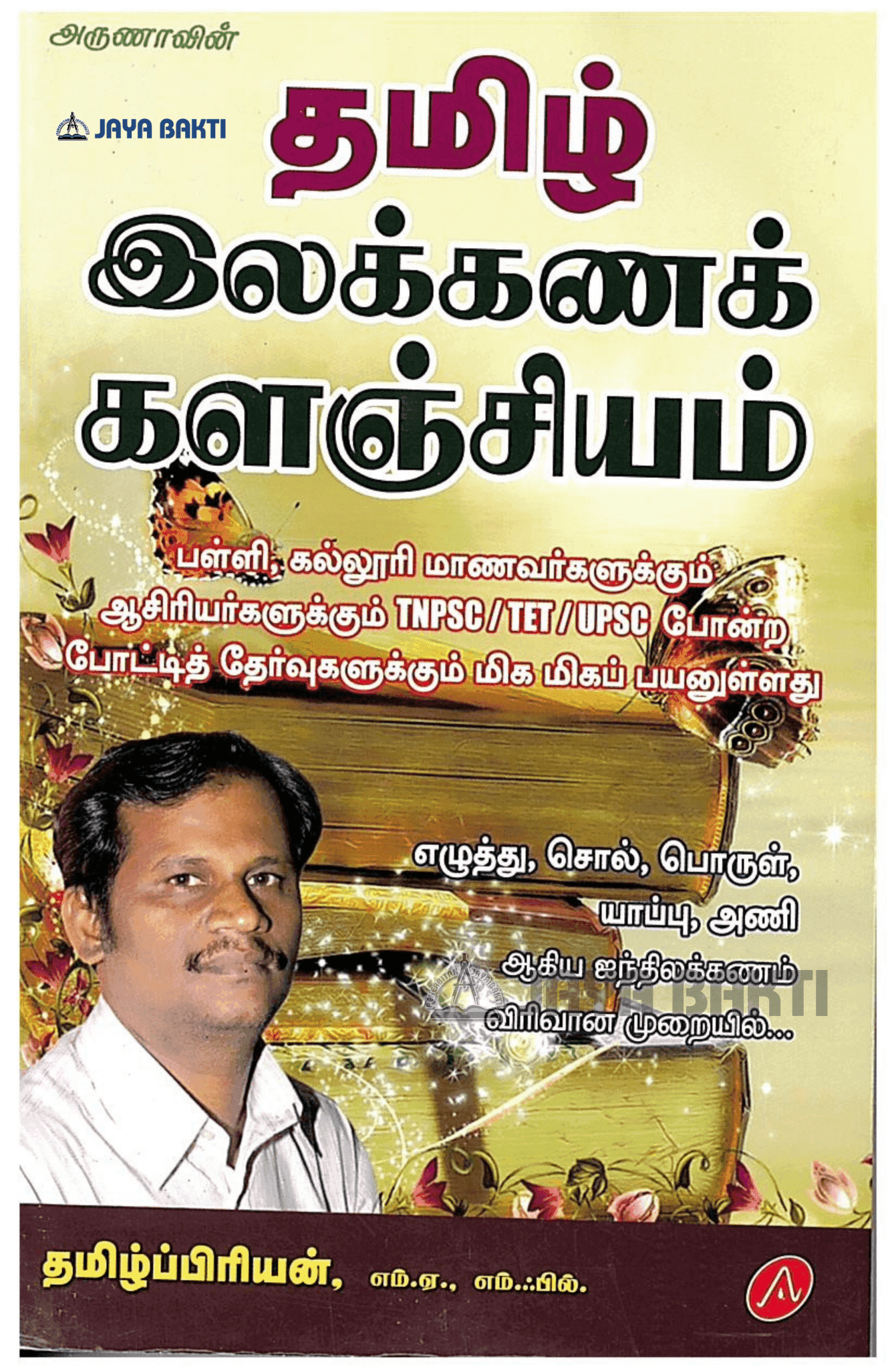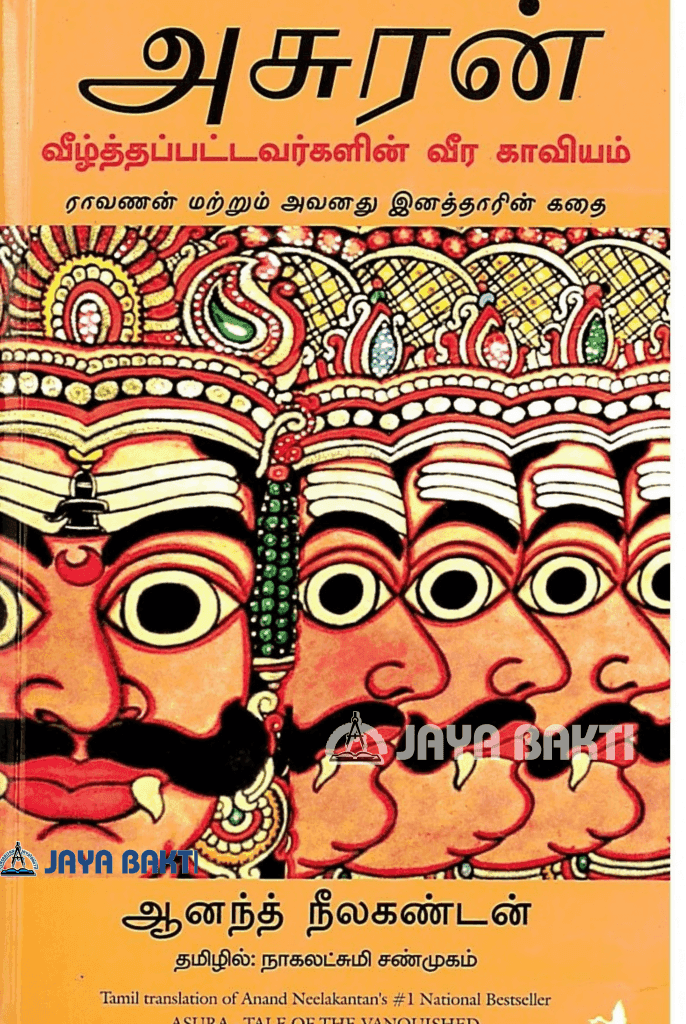


On the fifth morning, the Lord is decorated as Mohini, the Divine Damsel and seated in a palanquin, He is taken round. Thus, those who have darshan of the Lord will be blessed with fearless and unshakeable faith in His Saviourship. It also signifies that He is the sovereign ruler and Protector of the Universe who is responsible for creation, protection, sustenance and dissolution of the Universe. This vahana signifies that the Lord is the Master of Lila Vibhuti as will as Nitya Vibhuti. In the evening, it is the turn of the Sarvabhupala Vahana. (" Kondalalo Nelakonna Koneti rayuduvadu, Kondalantha varamu guppedivaadu" ).

It is this aspect of Lord Srinivasa which is reflected in one of the songs of Annamayya when he says, that the Lord residing in the Hills on the banks of Svami Pushkarini Teertha is one who is very generous in fulfilling the request of His devotees. So, if one catches a glimpses of the Lord, one may rest assured that He will fulfil one's wishes with His Saulabhya guna. The Kalpa Vriksha is the legendary tree which is capable of fulfilling all the desires and wishes. On the fourth day, the Lord is taken in a procession in Kalpa Vriksha. As such, all those who have a darshan of the Lord will be reminded of the blemishless Bhakta Vaatsalya Guna and will be blessed with stability of mind, purity of thought while strengthening devotion towards the Lord. Similarly, the Svayamprakasatva quality signifies that the Lord is not dependent on other for His glory. As Lord Srinivasa is the Lord of Vaikuntha, the white palanquin denotes this Suddha Sattva quality of the Lord. The Suddha Sattva is the quality of Sattva without Rajas and Tamas. This Vahana signifies the Suddha Sattva and Svayamprakasa qualities of Lord Srinivasa. In the evening, the deity is taken in a pearl palanquin. It is believed that those who have that darshan will be assured that the Lord will get rid of the obstacles and dangers that may be faced by His devotees. The moment we see the Lord on the Simha Vahana, our mind thinks of the Lord as Narasimha when He rushed to the rescue of Prahlada and destroyed Hiranyakasipu. The third day, in the morning, the deity goes round on a Simha Vahana. It is therefore believed that those who have darshan of the Lord seated on the Hamsa Vaahana will become enlightened souls. Usually, the sages and Jnanis are referred to as Paramahamsas as they also have the capacity to separate Jnana from Ajnana, dispelling our ignorance, leading us to the Jnana Marga for attaining Moksha. This signifies the Sesha-Seshee relationship between the Jiva and the Paramatma which is one of the fundamental concepts of Visishtadvaita philosophy.In the evening, the Lord is taken round in a Hamsa Vaahana. The Chinna Sesha Vahana (the small Sesha Vahana) is used on the second morning. It is believed that the devotees who have the darshan will be blessed with the opportunity to render service to the Lord. That is why Poygai Alvar said that when the Lord stands, Adisesha is a pair of sandals, when He walks, he is the umbrella. Adisesha is one of the Nitya Suris, who is ever ready to render different Kainkaryas to the Lord. Sesha is the symbol of Gnana Bhakthi, and Vairagya.

In the evening the Lord is taken in the Pedda Sesha Vaahana (big Sesha Vaahana). Malayappaswami seated in the Thiruchchi signifies the Lakshmipativa aspect and therefore augurs all round prosperity (Sarvamanagala). On the morning of the first day, the deity is taken around, seated on the Golden Thiruchchi. There is religious significance attached to each of the Vahanas. One of the aspects that lends colour to the festival is the different Vahanas in which the Utsava Vigraha is taken round the four Temple Streets at Tirumala during this nine-day period. Yet others believe that as Sriman Narayana is Parabrahmam, the Utsava celebrated for that Parabrahmam is known as Brahmotsava. Sri Venkateswara with Ubhaya Nachiyars on Sesha Vahanam festival got it name as Lord Brahma was the first to organise the Utsava for Lord Venkateswara. Nanajeevitha Kattalai -Sheashthiri Sivanar nAnA jIvavAdak kaTTaLai: seshAdri shivanAr (2.9 MB) ahampura ArAichchi viLakkam: subbharAya AchArya (45.7 MB)ġ9. aShTAvakra gitA: bhAradvAja vishvanAthan (4.8 MB)ġ8. AtmAnanda viLakkam: AtmAnanda svAmi (57.6 MB)ġ7. Ishvara, bhagavad, brahma gItA: muthurAmalinga svAmi AdhInam (33.3 MB)ġ3. naiShkarmya siddhi sAram: sureshvarAchArya: tr. prabhodha chandrodaya vachanam: rAma yogi (35.5 MB)ġ1. upanidatam: karuNAkara svAmi (10.0 MB)Ġ9. sattapprakaraNam: EsUr sachchidAnanda svAmi (9.4 MB)Ġ7. vAsudeva mananam: EsUr sachchidAnanda svAmi (30.5 MB)Ġ6. paramAnanda dIpam: anuKula munivar (17.6 MB)Ġ4. Atma bodham, tattva bodham: Adi shankara: tr. (user: KSANTHANAMALA Website requirs membership which is free,Ġ1. Links to some old, rare Tamil books on Hindu texts


 0 kommentar(er)
0 kommentar(er)
